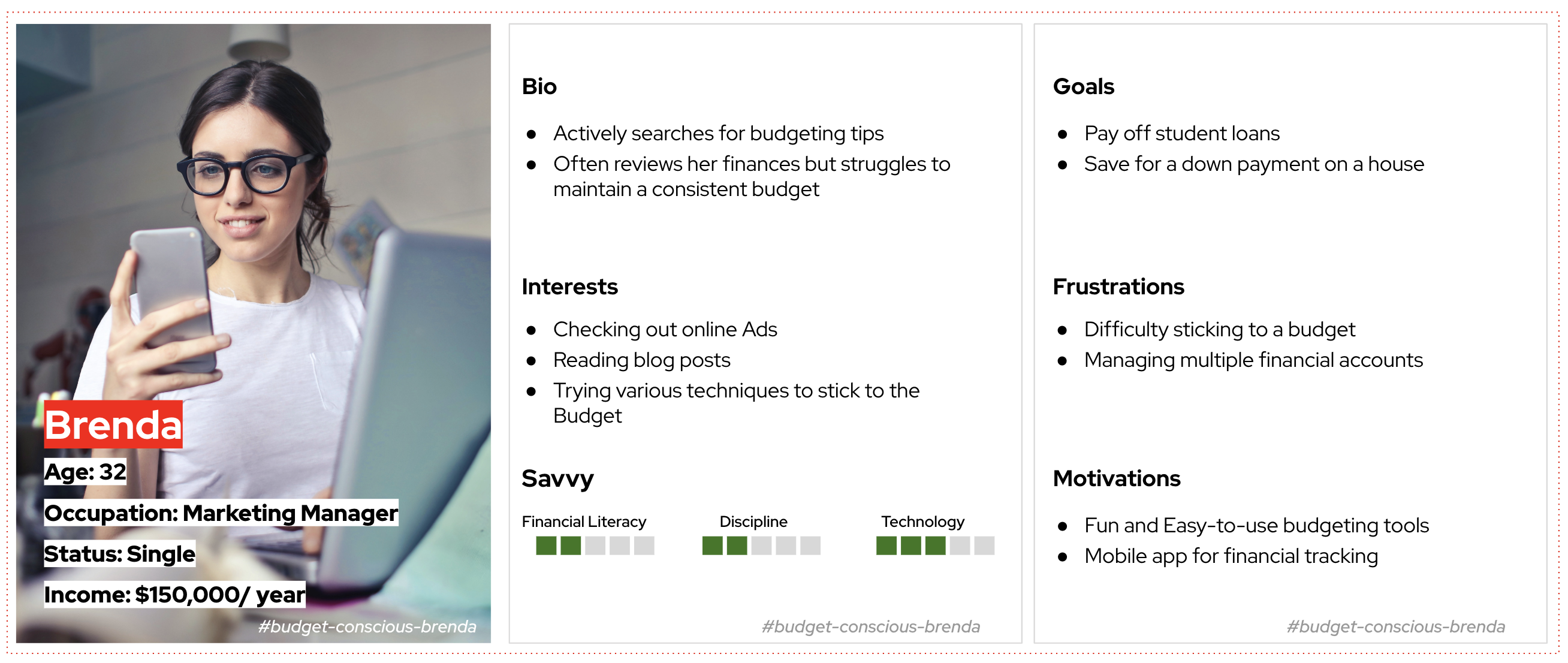User Persona
Develop detailed profiles of target users to inform and guide product design and development.
Antony Sallas
What Is User Persona?
User Persona are carefully crafted, fictional characters created based on thorough research to represent the diverse user types who might interact with your service, product, website, or brand.
These personas are not mere hypothetical users but are constructed to represent key traits of large segments of your audience, including demographics, behaviour patterns, motivations, and goals.
Why Do User Persona?
User personas guide product teams to make informed decisions based on user needs and preferences. They are essential in prioritising features, designing interfaces, and creating marketing strategies that resonate with the target audience.
User personas help in building a shared understanding of users within the team and avoid design based on assumptions or personal biases.
How to do User Persona?
Steps to Facilitate This Practice:
Begin with thorough research as a foundation for collaboratively creating personas.
Step 1. Conduct Research and Identify User Characteristics
- Perform extensive research through surveys, interviews, and market analysis to gather detailed information about target users.
- Analyse and identify key qualities, behaviours, and distinctive traits among user segments
Step 2. Formulate User Groups and Secure Stakeholder Consensus
- Develop initial hypotheses about potential user groups from your research findings.
- Collaborate with stakeholders to gain consensus on these user hypotheses and the overall direction for persona development.
Step 3. Define and Detail Multiple Personas
-
Select persona types most relevant to your product and scenario, such as:
- The Goal-Directed Persona: Utilises detailed characters with specific goals to guide design solutions.
Examples:
Retirement Ready Robert: Focuses on financial security and retirement.
Budget Conscious Brenda: Emphasises cost-efficiency. - The Role-Based Persona: Centers on user roles within their organization, addressing unique challenges and needs.
Examples:
Developer Darrell: Represents typical software developer challenges.
Manager Mary: Reflects a manager's decision-making and challenges. - The Engaging Persona: Aims to build empathy by presenting relatable, multidimensional user characters.
Examples:
Adventure-Seeking Ava: Highlights a need for products for an active lifestyle.
Health-Conscious Henry: Focuses on wellness and health-centric designs.
- The Goal-Directed Persona: Utilises detailed characters with specific goals to guide design solutions.
-
Agree upon and focus on a select number of personas, ideally one or two key ones, while acknowledging others.
-
For each persona, include:
- A visual representation, such as a photo or illustration.
- In-depth background details covering values, interests, education, lifestyle, needs, attitudes, desires, limitations, goals, and behaviour patterns.
- A narrative or story that brings the persona to life and fosters empathy.
Step 4. Contextualise Personas with Scenarios
- Craft scenarios demonstrating how each persona would interact with your product, emphasising their specific problems, needs, and use cases.
- At this stage, an effective approach would be to use Empathy Mapping practice to understand the user.
Step 5. Encourage Collaborative Involvement
- Engage the entire project team in the process of reviewing, accepting, and providing feedback on the personas.
- Distribute the finalised personas among team members to ensure their integration into project workflows and decision-making.
Step 6. Ensure Regular Updates and Adjustments
- Commit to an ongoing process of refining and updating the personas, incorporating new insights and evolving market trends.
- Be prepared to add new features or personas and to retire those that become less relevant over time.


Look at User Persona
Links we love
Check out these great links which can help you dive a little deeper into running the User Persona practice with your team, customers or stakeholders.